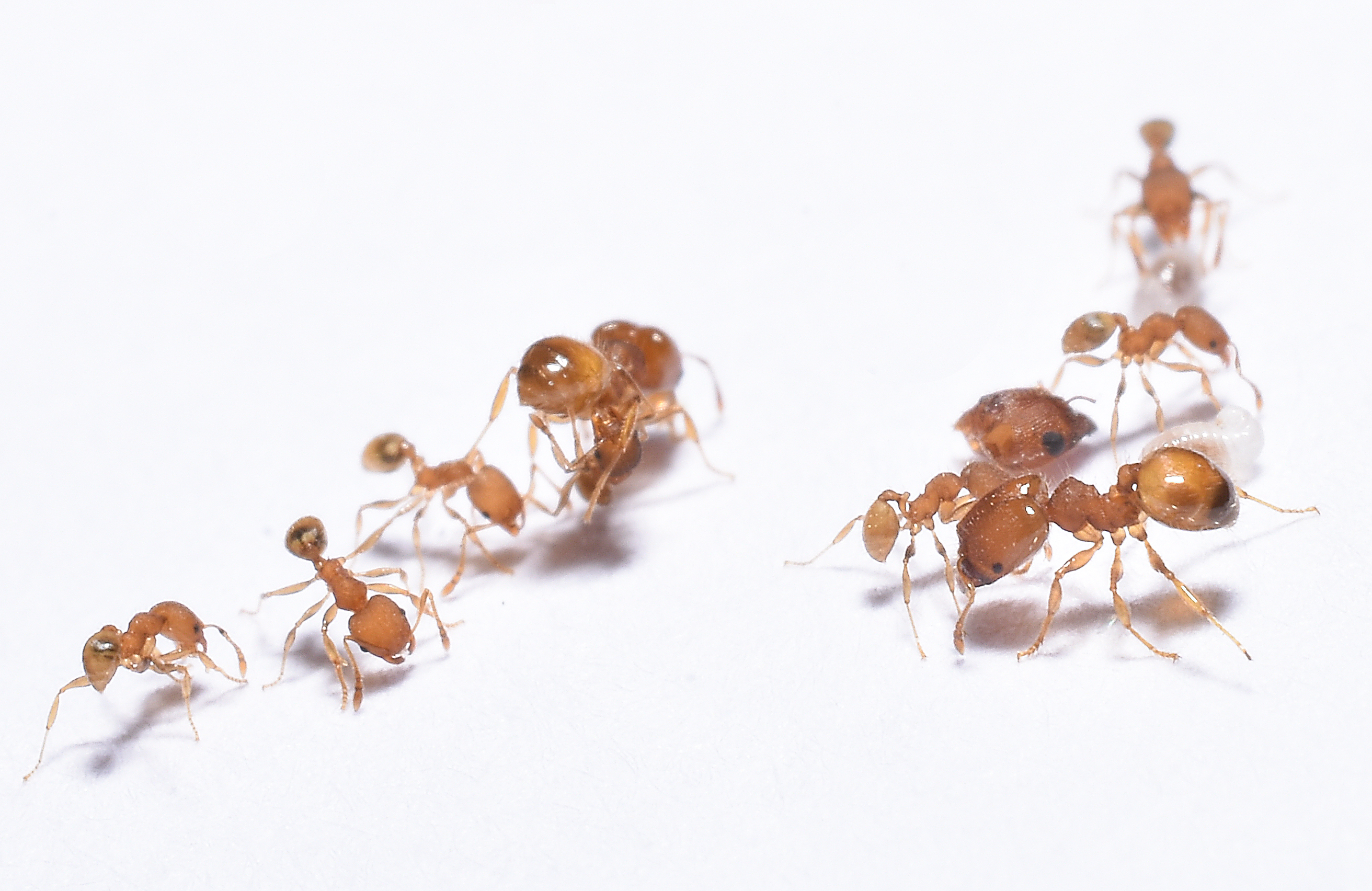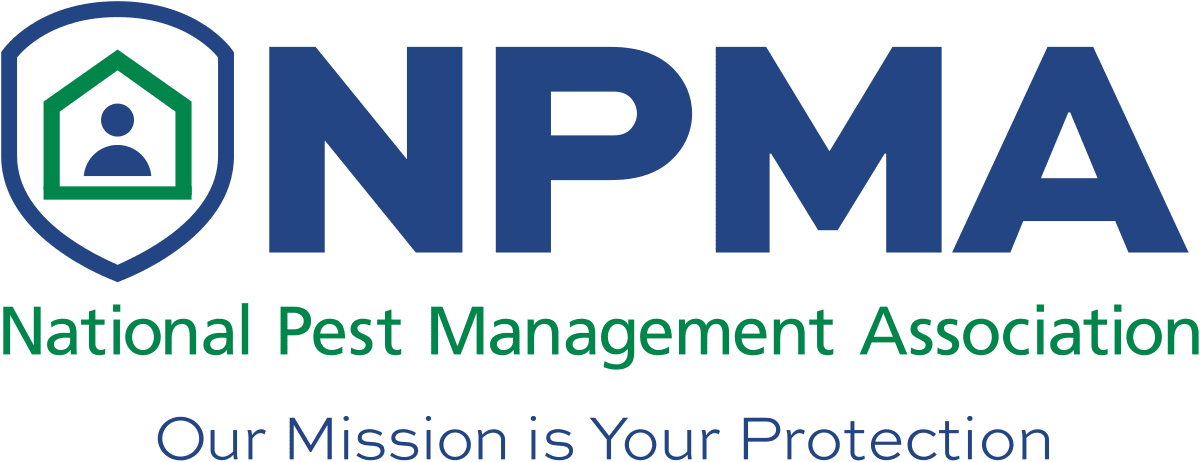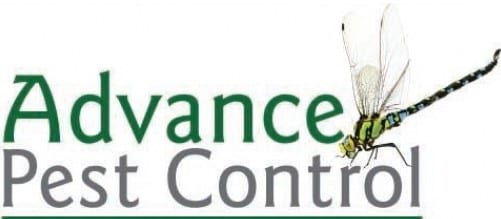
It’s time for another addition of our Pick-A-Pest Series!
Happy National Pest Management Month friends! We are an essential business providing a healthy and safe environment free from pesky pests. We are OPEN and operating at full capacity. This is the start of our busy season. With that comes a wave of various pests becoming very active and over-taking our homes and lawns. For April, our most called about service has been for ANTS. Whether they have been found in abundance in your home, outside perimeter of your home or throughout your lawn you’ve called about them. So, we thought what a perfect time for a blog to help you understand what ants you are mostly seeing and what we can do for you.
Our National Pest Management Association provides a great resource of pictures, documents, and educational updates for our technicians. When putting together our Pick-A-Pest blog post for April we found a great document posted in our resources.
We picked out the most relevant information from the document for you and also, attached the original document if you are interested in reading further about other types of ants. It is really informative!
From NPMA Pest-Pedia Documents:

Ants are one of the most successful groups of insects. They are social insects that live in colonies which are usually located in the ground, but they may enter buildings for shelter and/or food. Ants feed on practically every kind of food, but those entering homes are looking for sweets and/or protein-containing substances. About 700 species of ants occur in the United States and Canada. Of these, only about 25 species commonly infest homes. The biology and habits of each ant species are different, so a detailed knowledge of these for each species is necessary for effective control.
- More than 20 varieties of ants invade homes throughout the United States during the warm months of the year. Worldwide, there are more than 12,000 species, but only a small number cause problem.
- Destructive ants include fire and carpenter ants. Others ant types include the honey, Pharaoh, house, Argentine, and the thief ant.
- All ants share one trait: They’re unsightly and contaminate food.
- Ants range in color from red to black.
- Fire ants are vicious, unrelenting predators with a powerful, painful sting.
- At least 32 deaths in the U.S. can be attributed to severe allergic reactions to fire ant stings.
- Millions of dollars are spent each year eradicating fire ants alone.
- Carpenter ants range in size from one-quarter inch for a worker ant to up to three-quarters inch for a queen.
- A carpenter ant colony can have a long life span. Each colony is founded by a single fertilized queen that establishes a nesting site in a cavity in wood.
- A carpenter ant colony does not reach maturity until it contains 2,000 or more workers, which can take three to six years.
Odorous House Ants
This ant gets its name from the strong, rotten coconut-like smell it gives off when crushed. These tiny insects range in size from one-sixteenth of an inch to one-eighth of an inch long.
Habits – Odorous house ants like to eat sweets, especially melon.
Habitat – Typically living for several years, these ants make their homes in exposed soil and wall voids.
Threats – These ants do not pose a public health risk, but they can contaminate food and should be avoided.
Prevention – Eliminate standing water. Pests such as odorous house ants are attracted to moisture. Keep tree branches and other plants cut back from the house. Sometimes pests use these branches to get into your home. Make sure that there are no cracks or little openings around the bottom of your house. Sometimes pests use these to get into your home. Make sure that firewood and building materials are not stored next to your home. Pests like to build nests in stacks of wood.
Red Imported
Fire Ants
Red imported fire ants nest in soil and build mound nests. They can infest garages.
Habits – These ants will build large mound nests, and will sting humans who come across a nest.
Habitat – Red imported fire ants will build their nest mounds outdoors in landscape areas or near a structural foundation. The ant will gain entry to a building through holes or cracks.
Threats – The sting of a red imported fire ant is painful and often results in a raised welt that becomes a white pustule. Often, a person stung by a red imported fire ant receives multiple painful stings from more than one of the ants. Persons allergic to insect stings will react more severely.
Prevention – Red imported fire ants and their telltale mound nests should be actively avoided. To prevent entry into a structure, seal all internal and external cracks and crevices.
These are the most common ants we have here in the Triangle. If you will refer back to our previous blog Spring Prep: Pest Control you will find our recommendations to help keep spring pests away. And, as always, give us a call! We are here to help you have a pest-free home – all year!
If you would like to see the full document from Pest-Pedia, you can download it below. It has a plethora of information about ants of all sorts.
Thanks for stopping by and your continued support of Advance Pest Control!
Don’t forget to Follow Us on Facebook!
Find us on Yelp!

Recent Comments